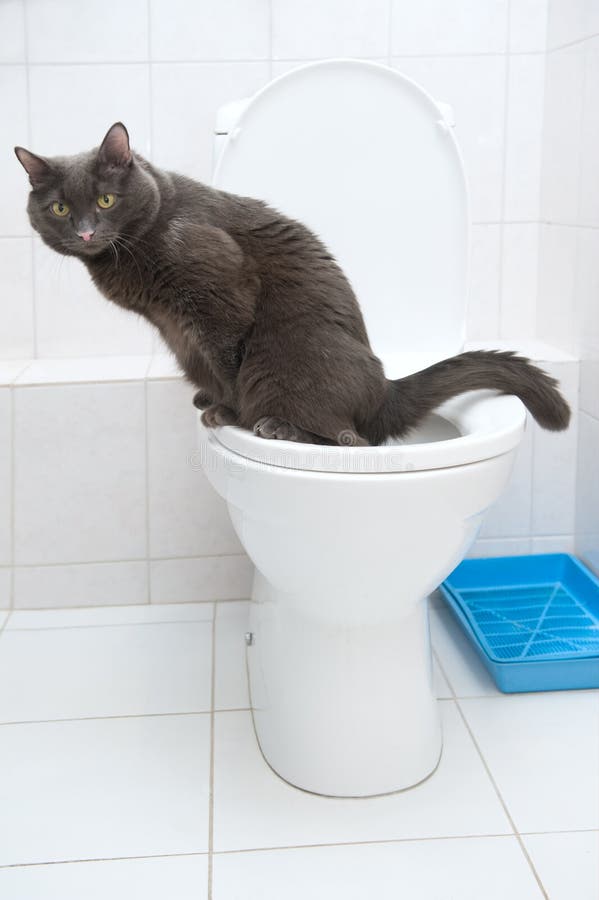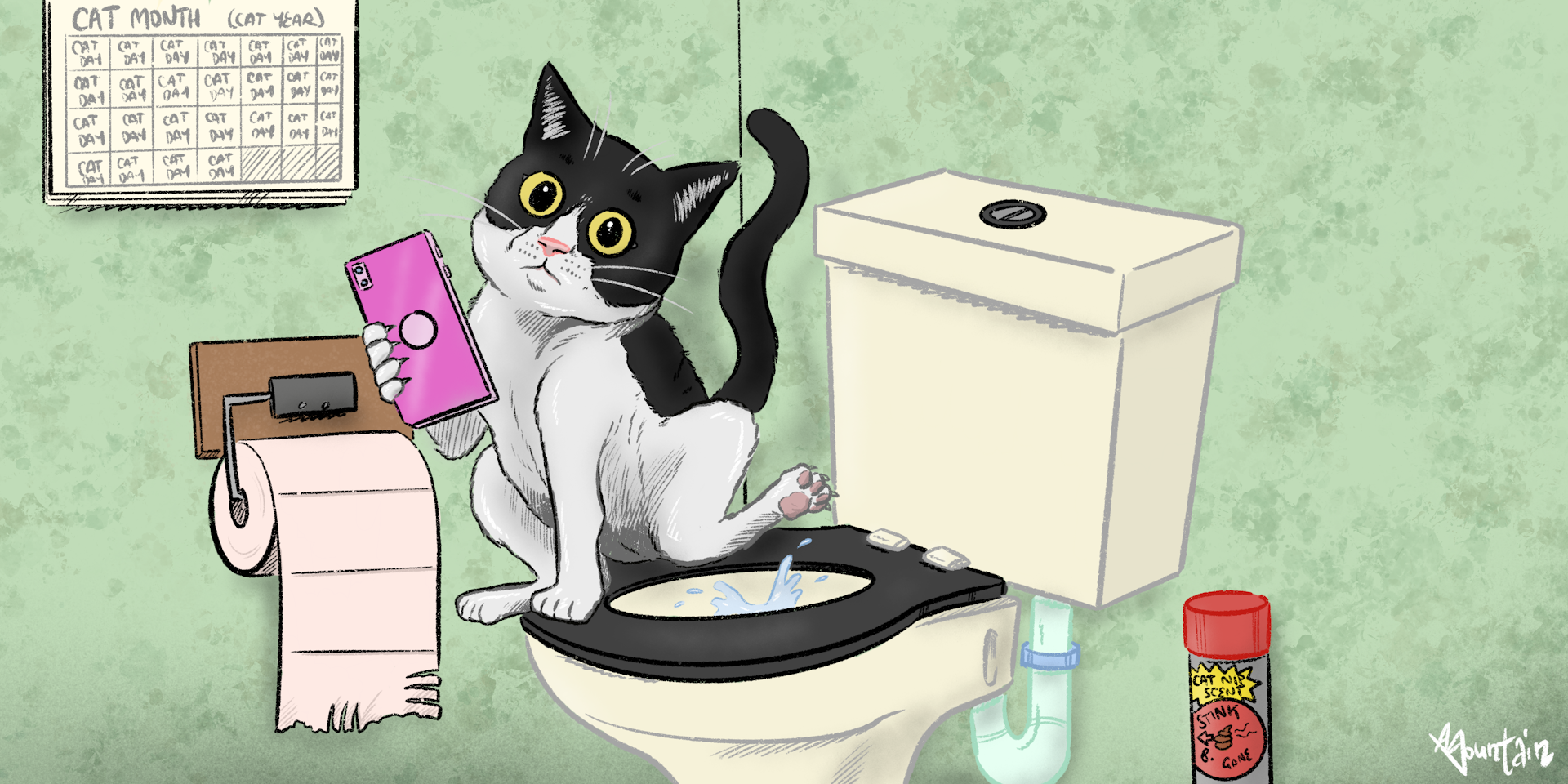The Risks of Flushing Cat Poop in Your Toilet - Precautionary Measures
The Risks of Flushing Cat Poop in Your Toilet - Precautionary Measures
Blog Article
How do you really feel with regards to Don’t flush cat feces down the toilet?

Introduction
As pet cat owners, it's essential to bear in mind just how we dispose of our feline pals' waste. While it may appear hassle-free to flush cat poop down the commode, this method can have harmful consequences for both the atmosphere and human health.
Alternatives to Flushing
Thankfully, there are much safer and much more responsible ways to get rid of feline poop. Consider the complying with alternatives:
1. Scoop and Dispose in Trash
One of the most common technique of dealing with pet cat poop is to scoop it into a naturally degradable bag and toss it in the trash. Make sure to utilize a committed litter scoop and throw away the waste promptly.
2. Use Biodegradable Litter
Choose eco-friendly pet cat clutter made from products such as corn or wheat. These litters are environmentally friendly and can be safely gotten rid of in the trash.
3. Bury in the Yard
If you have a yard, consider burying cat waste in a designated location far from veggie gardens and water sources. Make certain to dig deep adequate to avoid contamination of groundwater.
4. Install a Pet Waste Disposal System
Buy an animal waste disposal system especially created for cat waste. These systems use enzymes to break down the waste, lowering smell and ecological effect.
Health and wellness Risks
Along with environmental issues, flushing pet cat waste can additionally present health and wellness risks to human beings. Feline feces may have Toxoplasma gondii, a parasite that can cause toxoplasmosis-- a possibly severe ailment, especially for pregnant ladies and people with weakened body immune systems.
Environmental Impact
Purging cat poop presents hazardous virus and parasites into the water supply, presenting a substantial risk to water ecological communities. These contaminants can negatively affect aquatic life and concession water quality.
Conclusion
Accountable family pet possession prolongs past giving food and sanctuary-- it additionally entails correct waste monitoring. By avoiding purging feline poop down the bathroom and choosing alternate disposal methods, we can minimize our ecological impact and secure human health and wellness.
Why Can’t I Flush Cat Poop?
It Spreads a Parasite
Cats are frequently infected with a parasite called toxoplasma gondii. The parasite causes an infection called toxoplasmosis. It is usually harmless to cats. The parasite only uses cat poop as a host for its eggs. Otherwise, the cat’s immune system usually keeps the infection at low enough levels to maintain its own health. But it does not stop the develop of eggs. These eggs are tiny and surprisingly tough. They may survive for a year before they begin to grow. But that’s the problem.
Our wastewater system is not designed to deal with toxoplasmosis eggs. Instead, most eggs will flush from your toilet into sewers and wastewater management plants. After the sewage is treated for many other harmful things in it, it is typically released into local rivers, lakes, or oceans. Here, the toxoplasmosis eggs can find new hosts, including starfish, crabs, otters, and many other wildlife. For many, this is a significant risk to their health. Toxoplasmosis can also end up infecting water sources that are important for agriculture, which means our deer, pigs, and sheep can get infected too.
Is There Risk to Humans?
There can be a risk to human life from flushing cat poop down the toilet. If you do so, the parasites from your cat’s poop can end up in shellfish, game animals, or livestock. If this meat is then served raw or undercooked, the people who eat it can get sick.
In fact, according to the CDC, 40 million people in the United States are infected with toxoplasma gondii. They get it from exposure to infected seafood, or from some kind of cat poop contamination, like drinking from a stream that is contaminated or touching anything that has come into contact with cat poop. That includes just cleaning a cat litter box.
Most people who get infected with these parasites will not develop any symptoms. However, for pregnant women or for those with compromised immune systems, the parasite can cause severe health problems.
How to Handle Cat Poop
The best way to handle cat poop is actually to clean the box more often. The eggs that the parasite sheds will not become active until one to five days after the cat poops. That means that if you clean daily, you’re much less likely to come into direct contact with infectious eggs.
That said, always dispose of cat poop in the garbage and not down the toilet. Wash your hands before and after you clean the litter box, and bring the bag of poop right outside to your garbage bins.
https://trenchlesssolutionsusa.com/why-cant-i-flush-cat-poop/

I came across that article about How to Dispose of Cat Poop and Litter Without Plastic Bags while doing a lookup on the search engines. So long as you appreciated our article if you please be sure to share it. Many thanks for going through it.
Free Quote Report this page